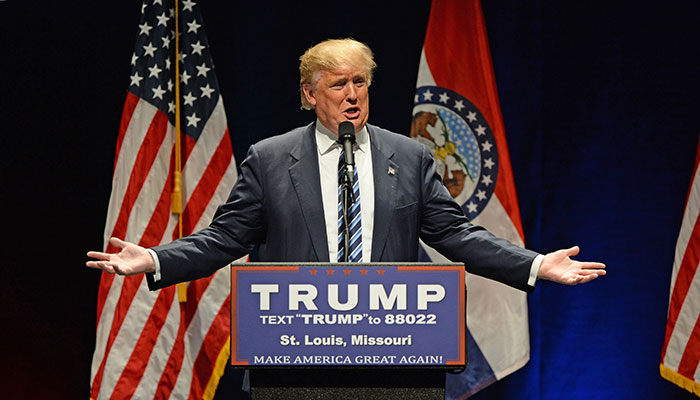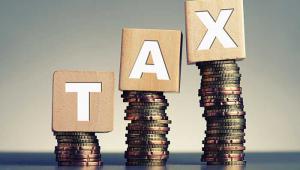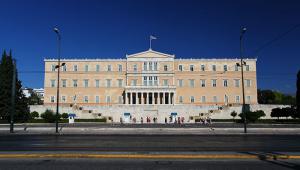President Donald Trump’s administration said the plans to slash the corporate tax rate in half and ditch some taxes altogether will drive growth, but critics decry the proposals as “massive giveaways” to corporations, his own business and family and the wealthy.
Even those that advocate the plan’s potential to boost the economy have cautioned that consequences for the country’s fiscal health will need to be offset, with tax increases or spending cuts.
Trump’s long-awaited tax plan, which still has a long journey through Congress before it can become law, was published yesterday on one side of A4 paper, disappointing observers who expected more detail especially with regards to how the massive cuts would be funded.
Presenting the plan, Trump’s chief economic advisor Gary Cohn said they marked some of the biggest tax cuts in American history and a “once-in-a-generation opportunity to do something really big”.
Combined with regulatory relief and renegotiated trade deals, it will “unlock the economic growth that’s been held back for too long in this country”, US treasury secretary Steve Mnuchin added.
The plan envisages a 20 percentage point reduction in the corporate tax rate, to 15%, cuts to capital gains and dividends tax and the repeal of inheritance taxes and the alternative minimum tax – a levy put in place to prevent wealthy taxpayers from gaining too much benefit from available deductions and one that has cost Trump himself millions in the past.
For average taxpayers, the plan offered a simpler tax system with the number of brackets reduced from seven to three, a promise of vague tax relief for families and a doubling of the tax free earnings allowance.
The majority of other deductions, aside from charitable giving, retirement savings and mortgage interest, would be quashed. Cohn singled out the break for state and local tax payments – a key deduction for taxpayers in high-tax states like California that costs the Treasury an estimated $96bn per year.
Mnuchin insisted the plan will “pay for itself with growth and with reduction of different deductions and closing loopholes”, but it provided little by way of numbers to back this up.
The rate of a proposed one-off tax on money being held overseas – also considered key to funding a programme of tax cuts – was also omitted, while there was no mention at all of a border tax, much-lauded by key Republican figures, that would impose a levy on imports but not exports.
Last week, the International Monetary Fund projected that US tax cuts would hit revenues, even when taking into account the potential growth they could unleash.
Trump will struggle to get deficit hawks in both the Democratic Party and his own to back the plan, with the deficit already at $552bn (3.3% of GDP) in 2016 and debt expected to surpass $20tn this year.
The bipartisan Committee for a Responsible Federal Budget, which advocates for fiscal responsibility, estimated the plan could cost between $3tn and $7tn over a decade, with a base estimate of $5.5tn based on assumptions to make up for the lack of detail in the plan.
“With interest costs, a $5.5tn tax plan would be enough to increase debt to 111% of GDP (compared to 89% of GDP in Congressional Budget Office’s baseline) by 2027,” its analysis said. “That would be higher than any time in US history, and no achievable amount of economic growth could finance it.”
Frank Clemente, executive director of campaign group Americans for Tax Fairness, agreed that the “reckless” plan would add trillions to the deficit, which could only be offset with “drastic cuts to essential services and lowering the standard of living for regular American families”.
“Unacceptable,” he continued. “The White House line that ‘tax cuts will pay for themselves’ is a lie that has been debunked repeatedly, including by the conservative Tax Foundation.”
Even Alan Viard, an expert for the American Enterprise Institute and former senior economist at the Federal Reserve Bank of Dallas, said a corporate tax cut to 15% alone would require offsetting measures to prevent adding to the deficit.
“Reducing the corporate income tax rate to 15% if feasible and would yield big economic payoffs,” he said. “But it will require some hard choices by Congress and the president.”














